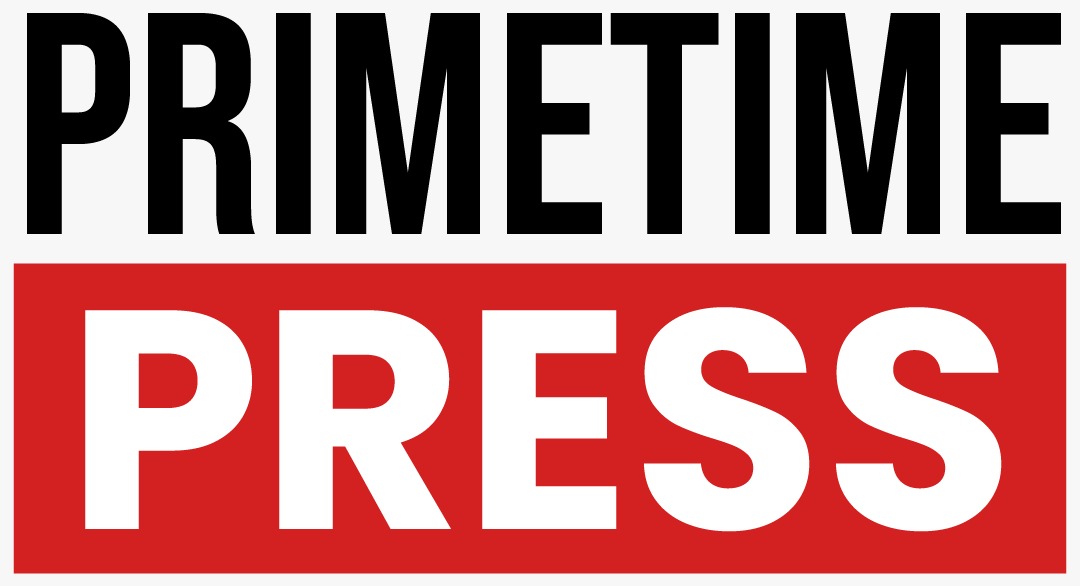Markets roared higher on July 23, 2025, as U.S. stock futures rallied in response to a landmark trade agreement between Washington and Tokyo. The deal, announced ahead of an August tariff deadline, slashes tariffs on Japanese auto imports from 27.5% to 15%, along with reducing duties on other Japanese goods from 25% to 15%. This breakthrough has not only eased global trade tensions but also inspired speculation of similar pacts with other trade partners.
About 90 minutes before the bell, U.S. futures markets reflected renewed investor confidence. S&P 500 and Dow Futures were up 0.37% and 0.48%, respectively, while Nasdaq 100 Futures edged up 0.16%. The S&P 500 had already closed at a record high the previous day, marking its eighth record close in just one month—a clear sign of sustained bullish sentiment heading into the final trading session of July.
Under the new agreement, the tariff cut on Japanese automobile imports addresses a major flashpoint in U.S.–Japan trade relations. In return, Japan has pledged approximately $550 billion in direct investments in U.S. industries, spanning semiconductors, pharmaceuticals, and defense procurement. Japanese Prime Minister Shigeru Ishiba described the deal as applying “the lowest rate ever” to a surplus trading partner.
The impact was swift: Japan’s Nikkei index surged 3.5%, and auto stocks—including Toyota, Honda, Mazda, and Subaru—jumped 8–15% on heightened investor optimism. In contrast, U.S. automakers voiced concern. The American Automotive Policy Council labeled the deal a “bad deal” for domestic manufacturers, warning it could disadvantage U.S.-assembled vehicles due to comparatively higher tariffs on North American-built cars.
Boosting the mood were robust earnings from industrial and tech titans. GE Vernova and Thermo Fisher Scientific both posted standout quarterly results. GE Vernova, spun off earlier in the year, beat revenue and earnings estimates, sending its stock up over 12% in after‑hours trading. Thermo Fisher also exceeded expectations with its strong revenue and margin growth, contributing to broader industrial sector gains.
Notably, however, Texas Instruments bucked the trend. The chipmaker issued weaker-than-expected guidance, prompting a 12–13% drop in its shares and weighing on the broader semiconductor sector.
Despite strong macro momentum, concerns linger. A softer-than-expected housing report and persistent global trade uncertainty tempered optimism. Additionally, investors remain split on the Federal Reserve’s rate-cut timeline—the market now prices in roughly a 58% chance of a cut by September.
Analysts see the U.S.–Japan deal as a template for future agreements, potentially paving the way for similar tariff relief with the EU, Canada, and Brazil. The deal also ratchets up pressure on the EU, which faces its own tariff deadline in August and may consider countermeasures if no agreement is reached.
In sum, July 23 was a day of significant upside for global markets. The U.S.–Japan tariff reduction and strong corporate earnings provided fuel for gains in futures, industrial stocks, and auto equities. But mixed economic data and lingering debate over rate cuts suggest volatility could return. With August’s trade deadlines looming, all eyes remain on whether this breakthrough will spark a broader thaw in global trade.

